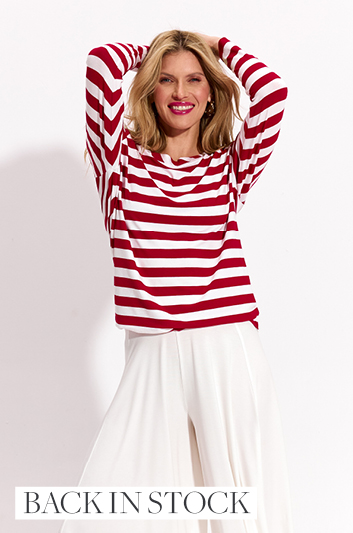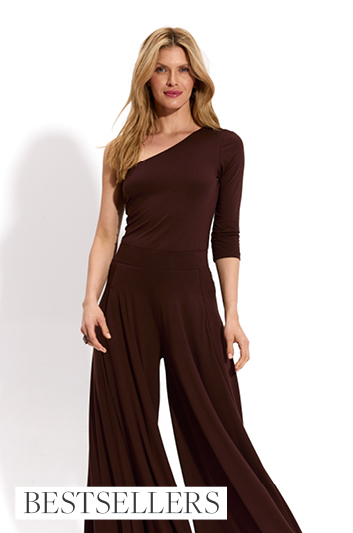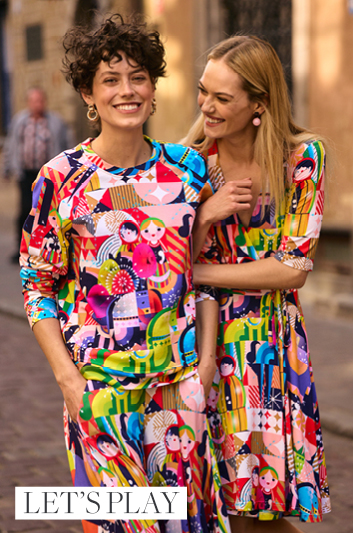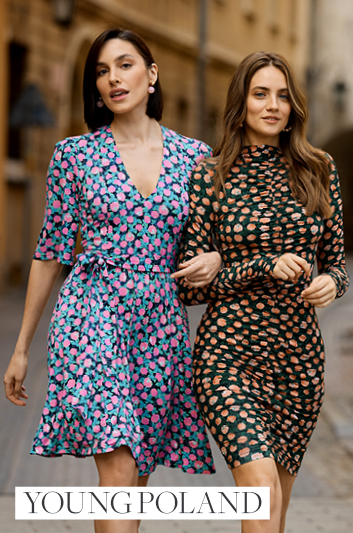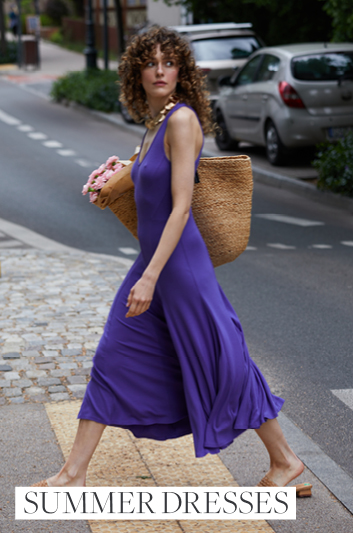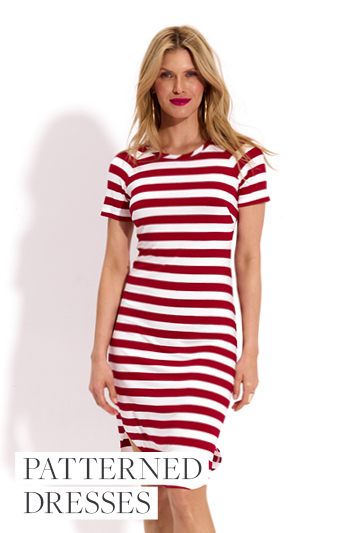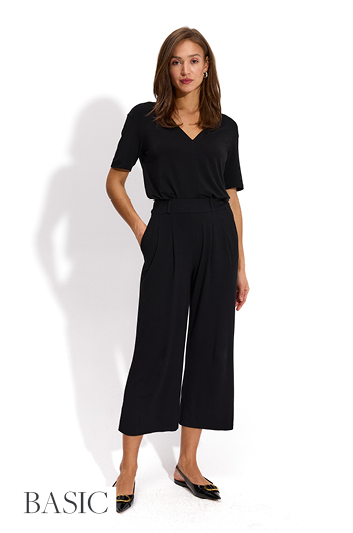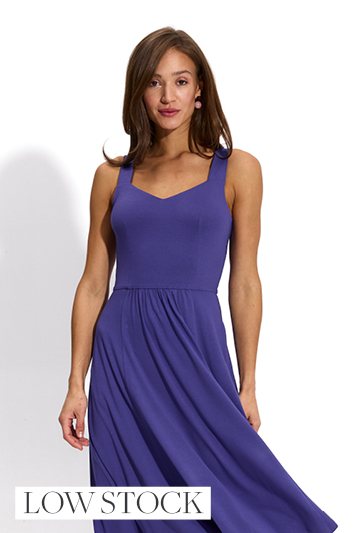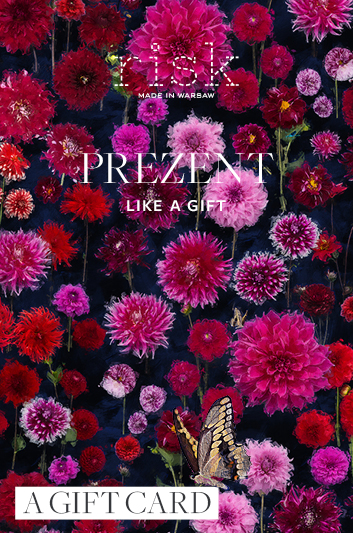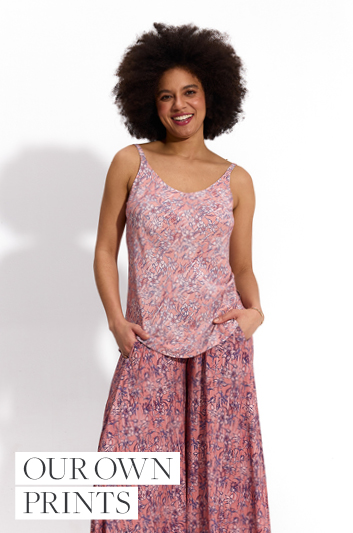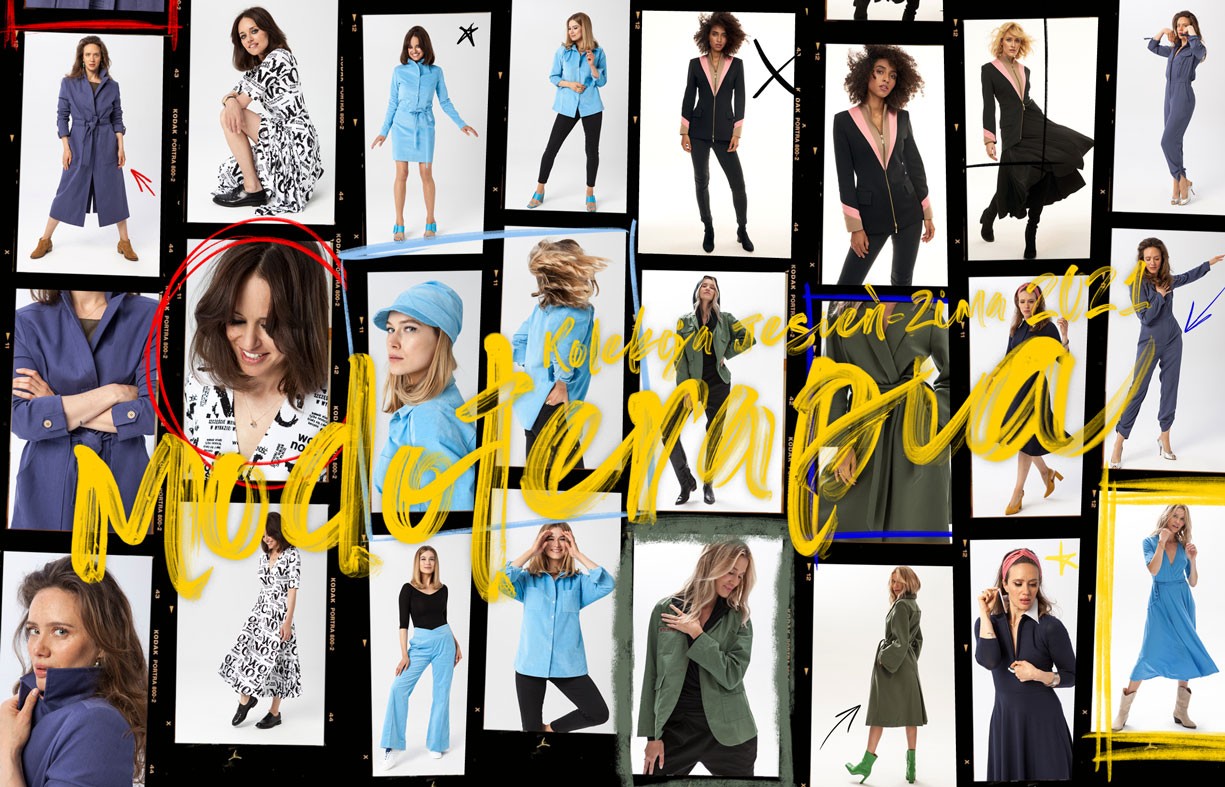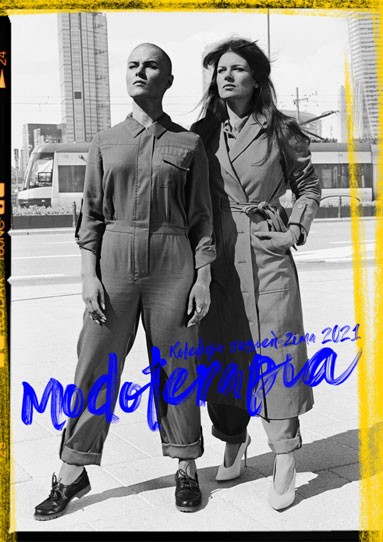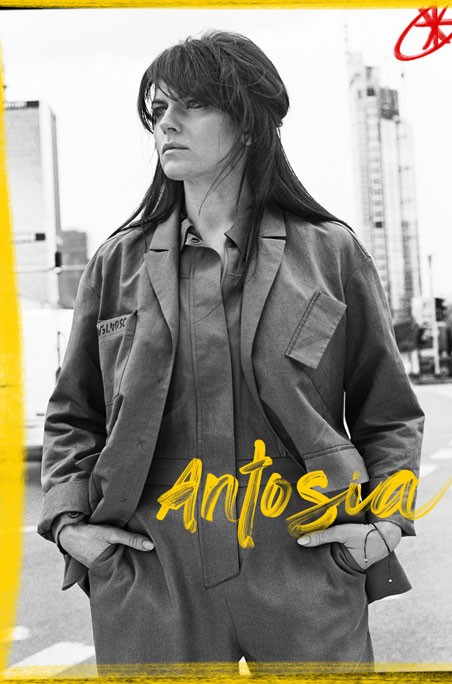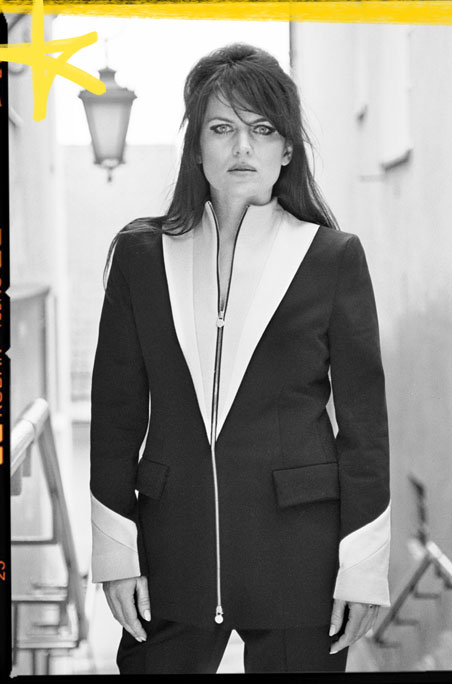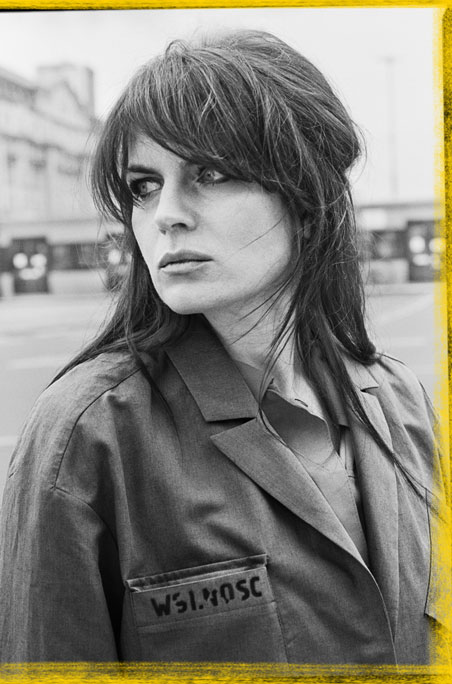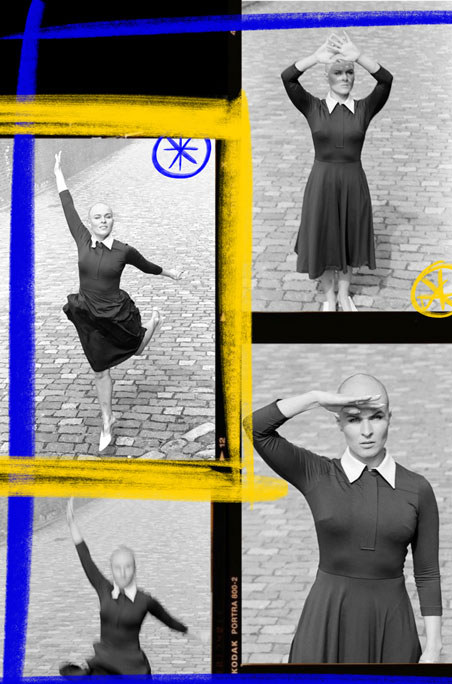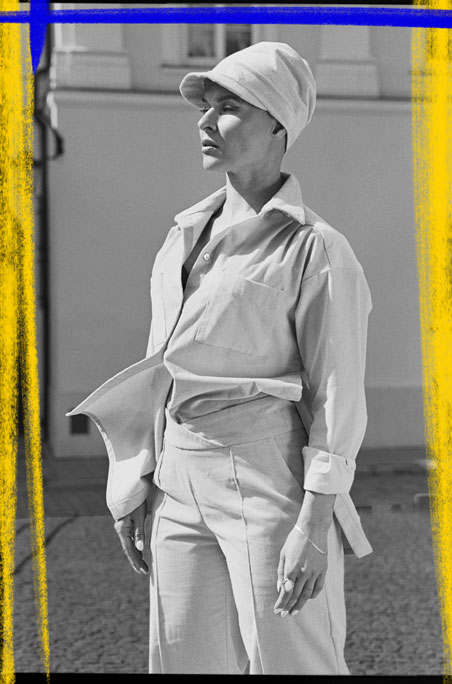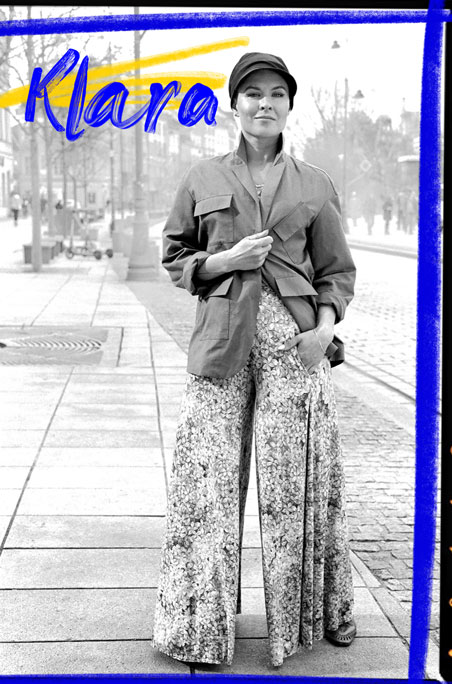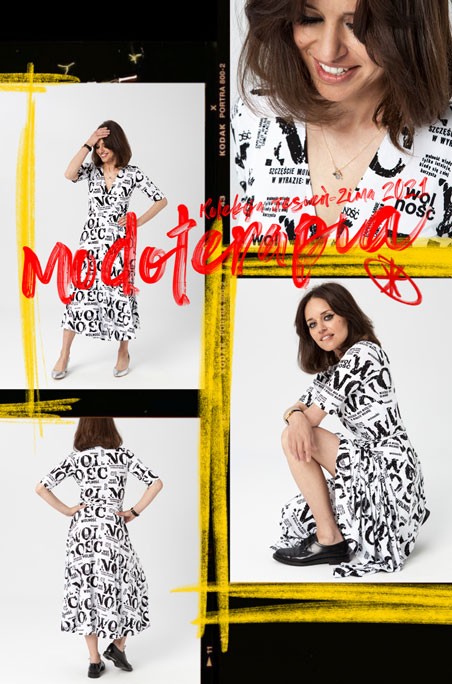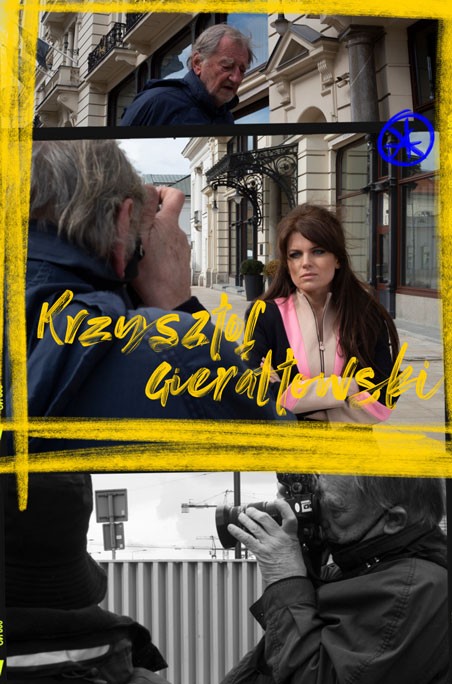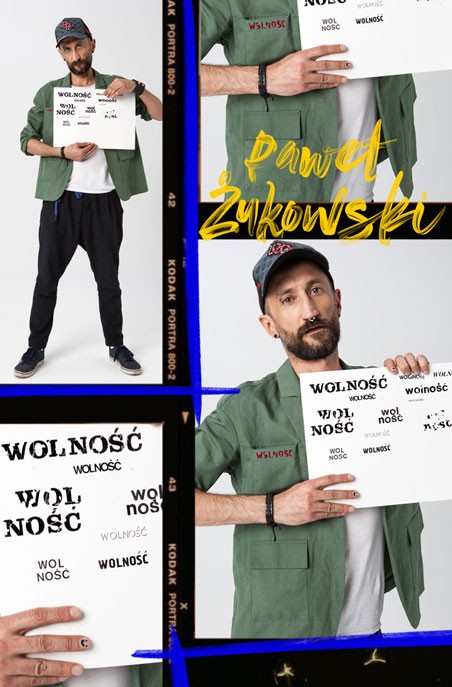







Risk S.A. (limited liability company) implements the following project: “International Promotion of the Polish Brand ‘RISK MADE IN WARSAW’ Within the Scope of Industry Promotion Program ‘POLISH FASHION’ ” under Smart Growth Operational Program 2014–2020, Priority Axis III: Support for innovation in enterprises, Measure 3.3: Support for promotion and internationalisation of innovative enterprises, Sub-measure 3.3.3: Support for SMEs in the promotion of Polish product brands “Go to Brand”, co-financed by the European Regional Development Fund.
The objective of the project No. POIR.03.03.03-14-0035/18 is the increase in brand awareness and scale of activity of the Polish brand “RISK MADE IN WARSAW” through expansion into 3 foreign markets, including 1 promising foreign markets. Participation in the project facilitates promotion of the Polish economy, and RISK S.A. expects an increase in the number of contracting parties and an increase in international sales by 2021 to the level projected by project indicators.
Project duration: 01.09.2018 – 30.06.2020
Contact details:
RISK S.A.
ul. Szpitalna 6a/9
00-031 Warszawa
Cooperation
For enquiries regarding B2B/B2C cooperation and sales, please contact us at the following e-mail address: wholesale@riskmadeinwarsaw.com
Project co-financed by the European Union through the European Regional Development Fund.
FREE DELIVERY IN POLAND FOR ORDERS OVER 1000 PLN
BUY NOW, PAY IN 30 DAYS WITH TWISTO <3
In the life of every woman, there is a moment when she opens her wardrobe and asks herself: Are these clothes really “mine”? What do they really say about me? Risk will soon turn 10, and for that occasion we opened “Risk’s wardrobe” and asked ourselves: why we create clothes that make women feel attractive as well as comfortable, no matter what daily challenge or changing fashion they are facing. The clothes, that give you confidence, that are created according to the principles of good old tailoring, and to some degree constantly allude to the past. “WHERE DOES IT COME FROM?”
The answer is: our childhood. That’s why, as a part of our pre-birthday self-reflection, we decided to create a collection that will speak of what we’ve inherited from our family homes. What adults used to talk about back then, what they wore, what was important to them. And despite the fact that we come from different households, where approach to clothes was radically different, it was the clothes that allowed us to learn many lessons about ourselves, and became our extra language in communication with the world. The “Modoterapia” collection, that takes its name after a book written by Antosia 5 years ago, is an effort to look deeper into the memories and impressions that shaped us. And it’s also a crash course in Polish fashion of the 90s.
ANTOSIA
I owe the way I dress mostly to my father. A mathematician surrounded by books in corduroy and flanel shirt, who had no connection to fashion whatsoever. But he took me places and showed me things that shape one’s taste better than any “style lesson”. My mum – once a journalist, now a painter – a person who blatantly hates mimicry, she’s always played with fashion coventions. I remember when she bought black suede boots that reached to half her thigh, just to paint them gold with a spray. She liked to provoke and “get things done” with her clothes. When she was in the opposition, she wore a white ankle-length lace dress. Very long and very see-through. It was a great “diversion”, since she had illegal brochures in her purse. “When someone looked at a girl like this, they couldn’t possibly expect her to think about anything but her looks”, she reminisces. “Even today, a person that pays attention to how they look may be considered shallow. In my opinion, how we care about ourselves and what we wear has many more dimensions to it. It helps us achieve different, completely non-garmental goals.
My private “fashion-therapy” also has a long chapter about the body. In fifth grade I gained weight, I weighed 80 kilos, and I was 1,5 m tall. For two years, I wore baggy clothes from a clothing wholeasaler’s nearby. Then I lost the weight during the summer holidays, I completely changed my wardrobe, and I was suddenly the center of attention for all the boys I had had a secret crush on in my primary school times. Regardless of how I looked, for many years I was mentally fat. Clothes, cuts, colors… their main purpose was to make me look slimmer and to make me feel more confident. I ‘ve learned the latter from my grandmother, who hated lack of spirit. She was part of the film community, and ever since I remember, there’d been a green parka in her wardrobe, that used to be a signature attribute of every director from the Film School in the PRL era. It was under her tutelage, that I went through the biggest metamorphosis in my life – from a girl in jeans into a young woman in dresses, and beautiful shoes, who cared about the quality of her clothes. My grandmother gave me the freedom of choice, she let me check who I wanted to be with my outfits. She taught me that I can create my reality, depending on how I look. She showed me that fashion is an unwritten language, it tells your story even when you’re silent. When someone asks me what the main goal of Risk is, I think of something that breaks my heart: we, women, are constantly subject to harsh judgment, we too judge ourselves and our own bodies too harshly. We attribute our norms, also the fashion ones, to them. And I believe that clothes should support us, when we need it, emphasize ourpersonality, and tell our story exactly as we want them to.
KLARA
Ever since my childhood, I’ve had a lot of convictions about clothes and despite many decisions that pulled me away, I’ve always been drawn to designing them. Apart form a few Barbie outfits, my first finished project (quite provocative one, so I wonder who let me wear it ;)) was a laced girdle from a meadow-patterned fabric. Along with my neighbor, aunt Marysia, we sewed it when I was 10. Then my aunt couldn’t get rid of me and my ideas, until she taught me how to sew. As in every Polish household, we too had the heavy invincible Łucznik sewing machine, that allowed me to execute my first ideas.
When I went shopping, to me interesting were the things that no one in the shop paid attention to. Extravagant, atypical, avant-garde. It’s always been hard to buy clothes for my “Brazilian” silhouette. Usually all pants and dresses that I found in second-hands, outlets or sales, ended up under the needle of my, the seamstress’s or my aunt’s sewing machine, to add darts or let out some fabric on the seams (I find good jeans only every 15 years, so we should start thinking about our own pair at Risk;). It seemed to be impossivke to buy a garment that I don’t have to alter, and that’s why at Risk we put so much stress on making clothes look like they’ve been tailor-made for you.
The love for everything ancient and vintage runs in my veins. I take it after all the women whose clothes I’ve worn. My mum had three imaginatively dressed sisters with artistic inclinations. My grandma managed a big house in the Polish Masurian Lake district with a firm hand, and with the same hand she used to paint pictures. The colors were important, moreover, nothing could go to waste, so nothing was thrown away. Every year, I spent a lot of time there, and each holidays I would sit in the huge attic filled with retro dresses, weird coats that were too big, blouses with a graph pattern from the 60s, shirts with huge collars. Every time I would find something there that I would instantly incorporate into my wardrobe or decide to alter it in a more modren spirit (then I usually regretted a beautiful dress that was taken in too much). I remember that my grandma would show me women’s magazines and say: ‘Oh! Look, this will be trendy now, then she would open her closet and take out the outfits in the color of the season. It irritated me so much, because I was allergic to authorities, but I’ve got to admit that she was usually right.
In the next generation the gender prime got overturned. I was the only girl among 5 boy cousins, that I used to spend a lot of time with. Maybe that’s one of the reasons why I’ve always had this battle between feminine and masculine sides in me. In primary school I felt best when wearing my father’s deep blue wedding suit, military boots, linen blazers or my mother’s denim bell-bottom overalls and a T-shirt with a peace sign from buttons sewn onto it. I hated the things everyone wore, the ones that didn’t stick out in a crowd, but I used to look at my friends in girly clothes with a hint of envy. Things that strong personalities love aren’t always the ones that are most appealing to the opposite sex, but there is a way for that. In the sex appeal race, you can always use cultural codes like the red dress. A mix of femininity and masculinity with a hint of extravagance has stayed with me until now. I was probably a philosophy student with the most particular style, sewing my clothes on tailoring courses at a pre-war garment construction specialist, Ania Rachmann. Only as an adult, did I discover the value of the classics. Although it’s still only a toning element in my wardrobe.
Clothes have the power to change the world, however cliche this might sound. Firstly, they can make you whoever you want to be, but they also change something in the mind of everyone that looks at you. They can intrigue, provoke, astonish. They can make you fit to the world around you, or make you stand out from it. The biggest bullshit is that they don’t matter. Almost 8 billion people get dressed every day, and they tell some story with what they wear – what they dream about, need, aspire to, where they belong, what they fear, or question. I’m all for experimenting and breaking habits. If women hadn’t put on pants 100 years ago, the world would be in a completely different place right now.
MODOTERAPIA is a collection about freedom. Freedom of being yourself. Freedom of choice. Freedom of women who raised us. The navy blue dress with a detachable collar has something of a school uniform in it, but it also symbolizes the typical alterations made by seamstresses. There’s also our version of Parka, which was beloved by all the artists and moviemakers in the PRL era, for example Zbigniew Cybulski, who was fascinated by the “made in USA” style. And all free spirits, regardless of gender or occupation. There are many corduroy pieces, that we’ve associated with a Polish intelectual ever since we were small. It is is a tribute to our favorite gentlemen, who are wearing corduroy until this day. There’s also a jumpsuit and a coat, inspired by post-war workwear. It’s a symbolic tribute to our mothers and grandmothers. Women who raised us, had fulfilling careers, and gave us the example that freedom of choice and empowerment are very important in life. The inscription “WOLNOŚĆ” (eng. freedom), designed for us by an artist and activist PAWEŁ ŻUKOWSKI, appeared on three pieces in this collection not without a reason. He used Letraset sheets, that were popular in the 70s and 80 in Poland. It’s a technique that allowed people to print illegal brochures (which Antosia’s dad used to distribute) in domestic conditions. By the way, the headquarters where they released the illegal brochures every weekend was at 5, Szpitalna Street. In a tenement house right across the street from our shop.
It was important to us that these clothes, which are so deeply rooted in the Polish fashion of the past, were photographed by someone who co-created its image. We asked a real legend to do it: Krzysztof Gierałtowski, who, between 1968 and 1971, was the main fashion photographer in “Ty i Ja”, an iconic magazine, that we remember from our youth years. In the age of PRL, it was the only magazine that spoke about mini skirts, op-art and the queues after YSL trousers in Paris. In the 60s, Mr Gierałtowski also photographed the products from big national fashion houses as Moda Polska or Telimena, and important Polish textile factories like: „Cora”, „1 maja” in Wroclaw, „Próchnik”, „Vistula”, „Wólczanka”. And in 2021, he photographed the two of us, in our favorite city, Warsaw. In the clothes that are both retrospect and introspect for us. Just “fashion-therapy”.
Antonina & Klara
PAWEŁ ŻUKOWSKI
An artist and activist, known i.e. for picket signs from “We’ve never been so afraid”, through “LGBT is me” under the headquarters of a homophobic newspaper, to “We’ll make it” on his balcony during the pandemic. His works could be admired on exhibitions in Shefter Gallery in Cracow, lokal_30 in Warsaw, Galeria Labirynt in Lublin, Galeria Arsenał in Białystok, CSW Znaki Czasu in Toruń, Doris Ghetta Gallery in Ortisea, The Ballery in Berlin, and many others.
“Klara and Antonina asked me to design inscriptions in the same spirit as the ones I paint on my picket signs, to print them on clothes. For a collection aboit the past, with liberal mottos. And since we’re talking about liberty, they gave me a creative free hand. They insisted on the font being visible regardless of the size. But freehand brush painting isn’t as susceptible to calibrating as a computer font created by a graphic designer, that can be enlarged and reduced as one pleases, without affecting legibility. I tried different brushes, pastels, coal, but it still wasn’t it. Until one day I remembered about the sets of Letraset sheets, that I once found in the garbage. It was a technique, popular in the 70s and 80 in Poland, which allowed people to print leaflets, fanzines, album covers, and of course underground papers in domestic conditions. I thought that since the collection refers to the times before 1989, the fonts used in that era will fit perfectly, even more so since these were original sheets from that time. They reflect its spirit. Back then, fonts like Clarendon or Hermes were popular. But in communist Poland their names were different, for example “Type 157”. Letrasets were designed so that they could be both visible and aesthetic on a notice board or a wall bulletin. And if you don’t copy them properly, the effect looks more like a painting than a print. I did it this way, and I liked the outcome, so did the girls. The word “wolność” (eng. freedom) looks good in clothes. If I wear this jacket or sweatshirt, and someone who sees me says “What a cool inscription you’ve got”, I can reply: “Yeah, I designed it myself”. And what is freedom to me? A state of mind that allows you to take something out of the garbage and create a project for a famous clothing brand based on it. First and foremost, freedom is the freedom of thought”.
SESSION
Fotos: Krzysztof Gierałtowski
Asystent: Rafał Leszczyński
Backstage: Antoni Mrozinski
Make-up: Iza Kućmierowska
Hair: Maciek Towarek
Stylist: Klara Kowtun
Assistant: Hubert Stadelmajer
Models: Klara Kowtun, Antonina Samecka
Session production: Marysia Pułaska-Białkowska
LOOKBOOK SESSION
Fotos: Irek Kamieniak, Iza Grzybowska
Make-up: Iza Kućmierowska, Aga Jończyk
Hair: Bartosz Satora, Łukasz Pycior
Stylist: Klara Kowtun, Paweł Zasim
Models: Alma Asuai, Anastazja Bernad, Aniela Czartoryska, Elwira Gocłowska, Hania Konarowska, Marzena Salska, Kinga Waszak
Session production: Marysia Pułaska-Białkowska, Paulina Sadoch
